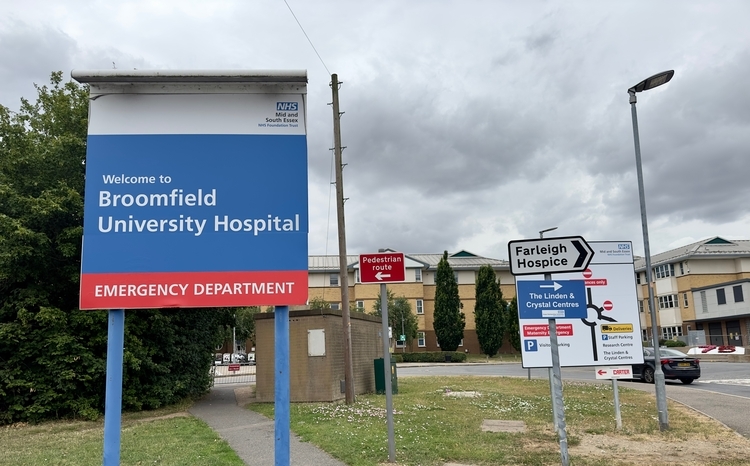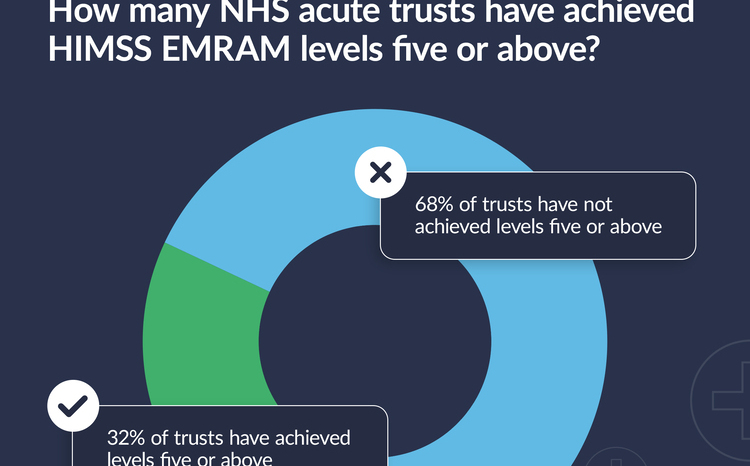EPR at the Heart of NHS Redesign
- 14 March 2002
Electronic patient records (EPRs) are good news for NHS organisations and patients, but recent academic research by the NHS Confederation’s Matthew Batchelor found that many organisations are facing significant barriers to their implementation.
In an exclusive article for E-Health Insider, Batchelor summarises his key findings. The research, undertaken in autumn 2001, focused mainly on acute NHS trusts, and found that successful implementation requires many of the issues associated with the wider information agenda of the NHS Plan to be tackled.
At local level a lack of sustained funding is stalling projects, inhibiting recruitment of skilled personnel and deterring suppliers. “IM&T budgets are the first to be cut” commented one IM&T manager. “Effective ring-fencing is vital” stated another; one said that a long-term guarantee of sufficient resources was required to "oil the wheels of cultural change".
Too many specific targets, some of which overlap, can engender a culture of box-ticking rather than focusing on patient-oriented goals.
One senior IM&T manager interviewed spoke of a “strategic clash” between Information for Health and National Service Frameworks that "come in like exocets", overriding local solutions. This is consistent with the view of the NHS as a complex adaptive system put forward by Plsek and others , where setting too many targets results in unforeseen (and often unwelcome) outcomes.
Concentration on the building of the strategic business cases necessary for the installation of costly EPR systems seemed to imply a focus on system-building rather than staff training, which was often seen as inadequate.
To counter this, one trust was adopting the innovative approach of inviting users to define their own training needs in an effort to "increase the focus" — and as a result improve the cost-efficiency — of their training programme. This points to one of the central dilemmas of NHS redesign highlighted by Locock : of ‘big-bang’ process reengineering vs. incremental ‘plan-do-study-act’ change.
There are success stories beyond the training arena. One of the trusts surveyed had already successfully installed a Level 4 EPR system, beyond the Department of Health’s target for 2005. At another, the IM&T head had successfully argued at board level for flexibility in making salary payments above national norms. This had enabled the best IT staff to be recruited in support of their EPR programme.
Nationally, this mixture of success and difficulties points to a lack of best-practice sharing, despite the best efforts of the NHS Information Authority through its website and programmes such as the Electronic Record Development and Implementation Programme (ERDIP) .
This is not to say that there is a single solution that will suit every organisation. Several of the survey respondents were engaged in collaborative EPR ventures across their health authority region, which one said required “moving at the rate of the slowest local participant".
There is also an inbuilt tension between local freedom and adherence to national standards. This may result in local networks implementing interoperability standards that are, in the words of one respondent, “only skin-deep”.
How then can local EPR implementation be improved? Paradoxically, the answer would seem to lie in improved coordination and championing of the information agenda at a national level. This could reasonably be expected to improve benchmarking, streamline local targets and provide a more robust defence against funding reallocation.
Echoing current Whitehall themes of empowerment over regulation, such ‘loose-tight’ national coordination could deliver EPRs as part of the up-to-date information infrastructure the NHS needs and deserves.
The full report Electronic patient records in the NHS – the implementation challenge, is available at www.nhsconfed.org/eprsurvey .The author, who is Publishing Manager for the NHS Confederation, has an interest in health information policy issues. Contact matthew.batchelor@nhsconfed.org
References
Department of Health (2000), The NHS Plan. www.doh.gov.uk/nhsplan
NHS Confederation (2000), ‘Implementing Information for Health’, Action Points 24. www.nhsconfed.org/publications/actionpoints Zimmerman, B and others (1998) Edgeware: Insights from Complexity Science for Health Care Leaders. USA:VHA
NHS Confederation (2001) ‘Why won’t the NHS do what it’s told — and what might we do about it? Leading Edge 1. www.nhsconfed.org/publications/leadingedge
Locock, L (2001) Maps and Journeys: Redesign in the NHS. HSMC
www.nhsia.nhs.uk/erdip




